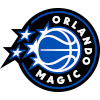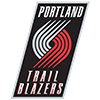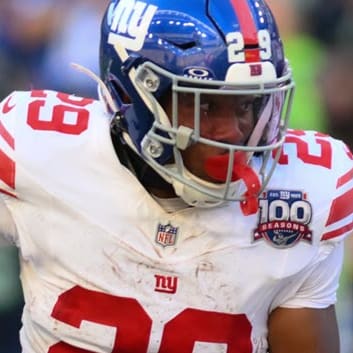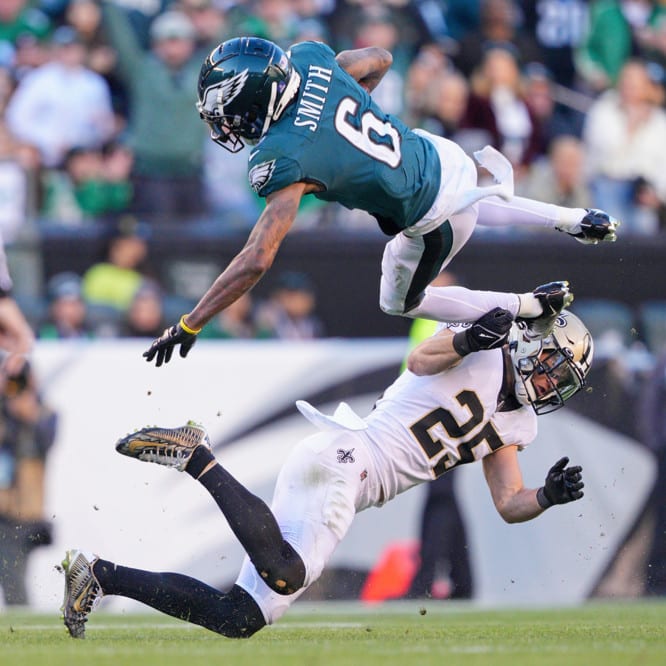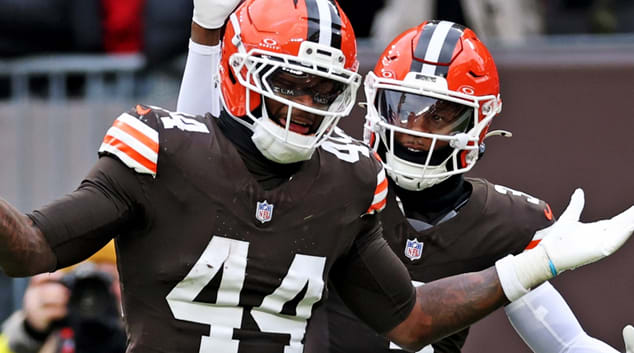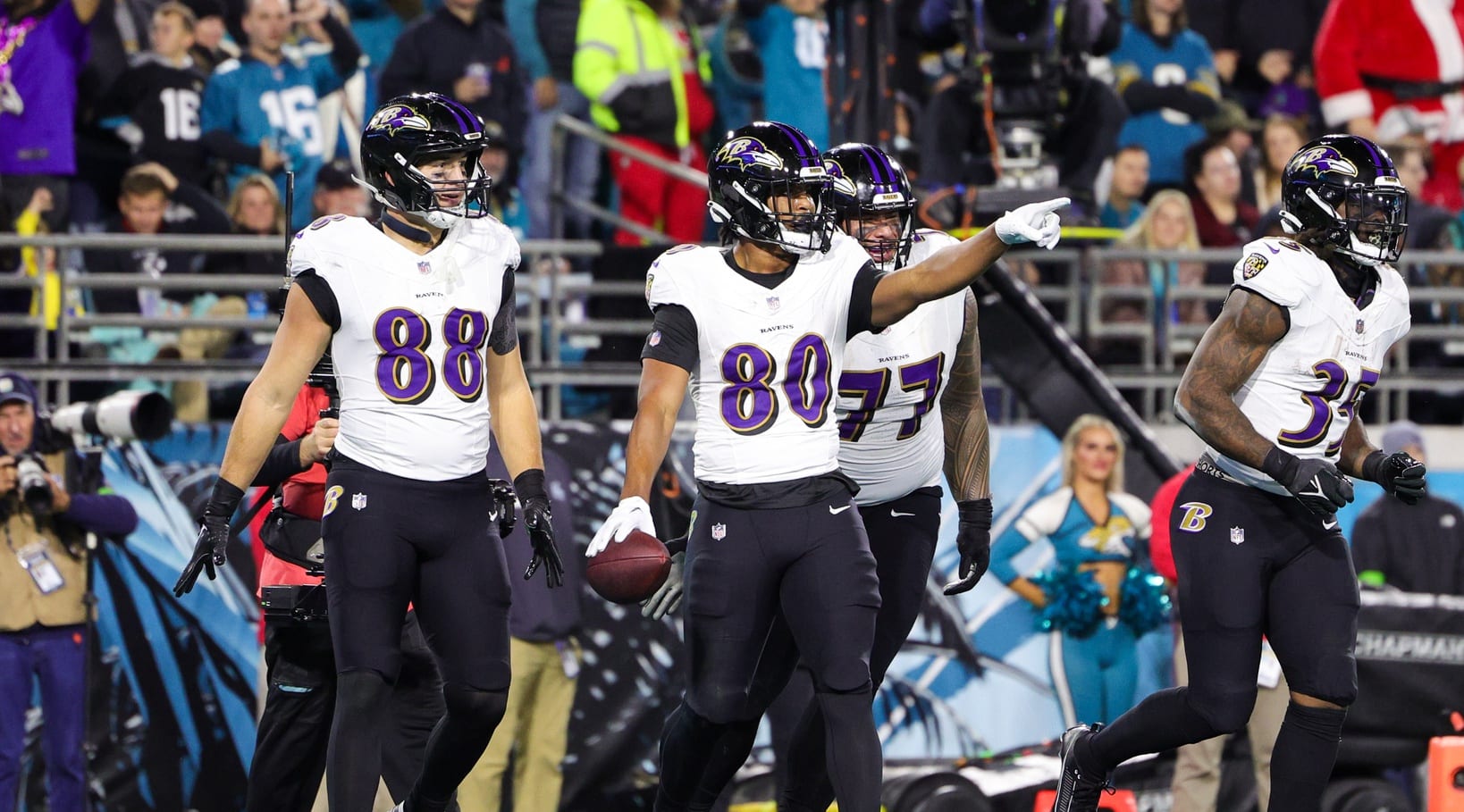Baltimore Ravens 
THE SKINNY
The Ravens are coming off their first division crown in years, but defending it will be a challenge in the face of major personnel and schematic shakeups. Holding off the Steelers and an ascending Browns team while ironing out those wrinkles will present a tough challenge.
THREE THINGS TO KNOW
ROMAN'S REINS
Marty Mornhinweg's decision to swerve the offense into the 1940s when Lamar Jackson took over ultimately cost him his job. Enter Greg Roman, whom the Ravens promoted from within after he spent the last two seasons as an offensive assistant. He's charged with tailoring the offense to Jackson's skill set while also making it a viable unit in the modern NFL. Roman was the architect of the 49ers' 2012 offense, which got the most out of Colin Kaepernick by incorporating the pistol formation and designed runs. Coach Jim Harbaugh also credited Roman's ingenuity in run-play design. With Jackson at the helm and a stable of running backs highlighted by bruisers like Mark Ingram and Gus Edwards, the run game could be lethal. Additionally, draftee Justice Hill brings a speed element that was lacking from the running back group in 2018. Tight ends will once again be a staple. Mark Andrews already looks to be a Jackson favorite, and Hayden Hurst gets a mulligan for 2018. In tandem, those two can stress the seams while Marquise Brown and Miles Boykin challenge the outside. The ingredients are there, and if Roman can fit his scheme to the personnel the right way, Baltimore could be a sneaky source of fantasy assets that come at a discount on draft day thanks to the public's skepticism of the offense.
UNLOCKING LAMAR'S POTENTIAL
Lamar Jackson's rookie year offered plenty of reason for optimism along with plenty of reason for doubt, depending from which angle it's viewed. On the one hand, the young QB was thrown into the starting role with the season on the brink, and all he did was spark a 6-1 run to a division crown, throwing for 1,114 yards and five touchdowns while adding 556 rushing yards and four scores during that stretch. On the other hand, the No. 32 pick in the 2018 NFL Draft had just one start with 200 passing yards and finished the year with 12 fumbles, which tied for the most in the NFL. There's reason to believe in a step forward from Jackson, however. The new offense being installed over a full offseason means the team won't have adjust to a 180-degree philosophy shift midseason. Beyond that, it's on Jackson to make the leap. When he won his Heisman Trophy, Jackson was trusted to throw 31.5 times per game, with many of those throws going downfield and outside the numbers. The threat he posed as a passer forced defenses to play him straight up rather than load up against the run. Having him skewed too far to the run ultimately sunk the Ravens in the postseason. The team will never unlock Jackson's full potential if it continues to shy away from balance and keep the vertical passing element out of his repertoire.
RELOADING ON DEFENSE
Gone are the 3,331 snaps and 17.0 sacks Terrell Suggs, C.J. Mosley, Eric Weddle and Za'Darius Smith logged last season, leaving the Ravens in search of a new defensive identity. The succession plan is sound at two levels of the defense, but leaves one with question marks. The secondary already boasts rising star Marlon Humphrey, as well as Jimmy Smith, Tavon Young and Tony Jefferson. Plus, the Ravens upgraded at safety by bringing in Earl Thomas. The defensive line, anchored by Brandon Williams and Michael Pierce, is also a strength. The linebacking corps is a different story. Bidding adieu to Mosley means losing the leader and QB of the defense, and the replacements are mostly unproven. Patrick Onwuasor has some experience, but moving into the Mosley role is a different animal, and it's worth noting that Onwuasor saw his snaps decrease by 33 percent in 2018. Fellow inside linebacker Kenny Young started strong before faltering down the stretch as a rookie. The primary depth options behind those two have a combined 35 defensive snaps. The Ravens were No. 1 in yards allowed and No. 2 in points allowed in 2018 and narrowly made the postseason. The margin for error could be thin again if the offense struggles, which puts the onus on Onwuasor and Young, along with third-year OLBs Tim Williams and Tyus Bowser.
PIVOTAL PLAYER: Lamar Jackson
Entering his second NFL season, Jackson is now the face of the franchise with a ton of veteran mainstays having headed elsewhere. The signal-caller led the Ravens to their first division title since 2012, but accuracy and ball-security questions will need to be answered for him to silence the doubters and take this team to the next level.
BAROMETER
RISING: Mark Andrews
Andrews led the Ravens in receiving after Lamar Jackson took over at QB. In a fantasy landscape lacking tight end depth, Andrews has explosiveness and volume that few others can offer outside of the top tier.
FALLING: Gus Edwards
The team's RB1 heading into the offseason has Mark Ingram and fourth-rounder Justice Hill to contend with in the backfield. There's now a very real chance Edwards doesn't match his 2018 volume or production.
SLEEPER: Justice Hill
Selected in the fourth round, Hill offers the type of speed (4.40 40-yard dash) that Ingram and Edwards simply don't possess. The home-run potential makes him a best-ball target, as his role may vary week-to-week.
KEY JOB BATTLE – BACKUP RUNNING BACK
It's no secret that Baltimore is going to be a run-first offense, even if offensive coordinator Greg Roman strives to make the team's attack more balanced than it was under Marty Mornhinweg. The Ravens signed Mark Ingram to take on the team's RB1 role, but no single back can handle the full rushing load by himself. There will be touches to go around, though handicapping the favorite (or favorites) for those secondary opportunities is a tough task. Let's look at what each of Baltimore's three reserve running backs brings to the table, and what that could mean for their prospective roles.
Gus Edwards possesses a skill set that's largely redundant relative to Ingram's, but it's a useful one nonetheless. Ingram is a straight-ahead runner who ranked fourth in positive run percentage among backs with at least 50 carries last season. Edwards was tops in the league in that regard, with 92.7 percent of his runs going for a gain. He's a useful piece to swap in for Ingram on obvious rushing downs or short-yardage situations, but Edwards' lack of utility as a receiver will cap his passing-down work, and thus his total snap count.
Ingram is an experienced receiving back in his own right, but Baltimore likely will give plenty of third-down work to either rookie Justice Hill or Kenneth Dixon to help justify carrying four backs on the roster. Just 25 years old, Dixon is entering the last year of his rookie deal and showed a spark down the stretch last season. He caught 30 or more passes twice in college and again as a rookie in 2016. Dixon also averaged 5.6 YPC over 60 attempts last season, showing some of the promise that led the Ravens to draft him in the fourth round. The issue is that the other backfield moves demonstrate that the team isn't beholden to Dixon. Hill, a fourth-rounder this past April, is proof of that.
In Hill, the Ravens got the fastest running back among this year's rookies, and he offers big-play ability that the other three backs lack. However, his ability as a receiver is unproven at best – he saw his passing game work dwindle from 31 catches on 45 targets for 190 yards as a sophomore at Oklahoma State to just 13 catches on 17 targets for 68 yards as a junior. We can't just assume that Hill will take all the passing down work from Dixon, given Dixon's experience. Hill is the proverbial "shiny new toy" in the backfield, but unless he's a quick study, he likely will be in a timeshare for third-down work unless Baltimore cuts Dixon and breaks camp with three backs on its 53-man roster.
KEY ACQUISITIONS:
EARL THOMAS – S (from Seahawks)
Replacing Eric Weddle with an upgrade was an astute free-agent move.
MARK INGRAM – RB (from Saints)
Accomplished addition to a run-first offense.
MARQUISE BROWN – WR (Rd. 1, No. 25 – Oklahoma)
Brings an explosive element on the outside that was sorely needed.
MILES BOYKIN – WR (Rd. 3, No. 93 – Notre Dame)
Complements Brown and gives Lamar Jackson another safety valve.
KEY DEPARTURES:
JOHN BROWN – WR (to Bills)
Cashes in on successful one-year run in Baltimore.
JOE FLACCO – QB (to Broncos)
Ravens commit to Jackson, move on from best QB in franchise history.
TERRELL SUGGS – LB (to Cardinals)
Franchise legend heads to the desert to finish out his career.
C.J. MOSLEY – LB (to Jets)
The heart of the post-Ray Lewis era priced himself out of Baltimore.
THE INJURY FRONT
Marquise Brown, WR – Baltimore opted to draft Brown with its first-round pick this past April with the full knowledge that the Oklahoma product was recovering from Lisfranc surgery to address a foot issue. With training camp around the corner, Brown still is on the mend and sits as the lone Ravens skill-position player on the non-football injury list. Because Brown also sat out of rookie camp and minicamp, he'll have an uphill climb getting up to speed once he's healthy. Brown could have a difficult time being ready for Week 1 if he doesn't get medically cleared early in training camp. Players like Miles Boykin and Chris Moore could be the main beneficiaries if Brown isn't available to start the season.
Miles Boykin, WR – Boykin battled a hamstring injury during OTAs but is ready to go for his first NFL training camp. The third-rounder has eye-popping athleticism for a receiver his size (6-4, 220) and has a very real chance of being a featured part of the Ravens' passing game in 2019. Baltimore not only jettisoned two of its starting receivers from last season, but Brown continues to recover from foot surgery, which puts his status for Week 1 in some question. With that, the Ravens will be counting on Boykin to stay healthy throughout camp while he gets up to speed with the playbook and develops chemistry with quarterback Lamar Jackson. The team's lack of proven depth at receiver increases the importance of Boykin being an immediate contributor.
Earl Thomas, S – Thomas enters his first season in Baltimore coming off a fractured left tibia, which marks the second time he's suffered that injury in the last three seasons. Although Thomas ended last year on injured reserve, the fact that he suffered the injury in September has allowed him to rehab for a lengthy period and get healthy for training camp. If he's anywhere close to his prime self, the 30-year-old will be an instant impact player in the Ravens secondary and should be able to regain his status as one of the top IDP options among defensive backs.















